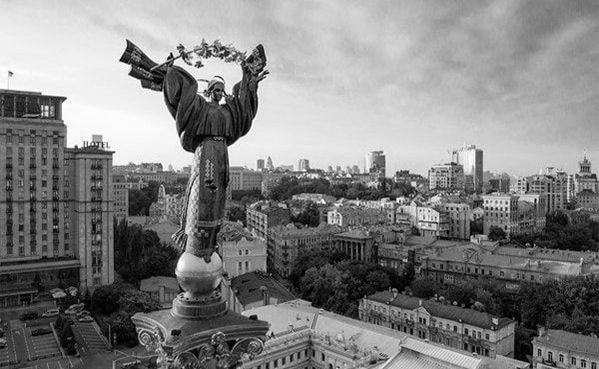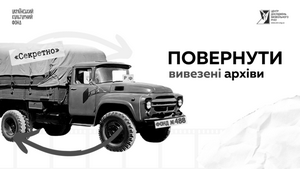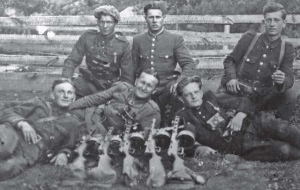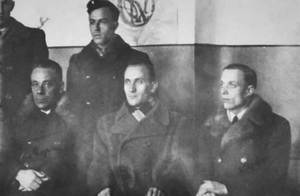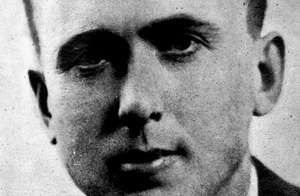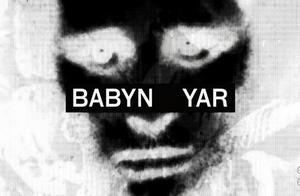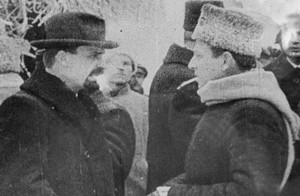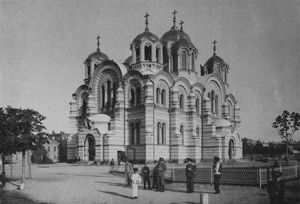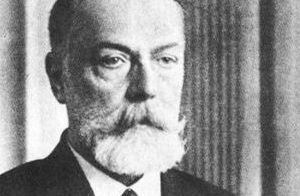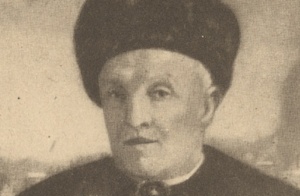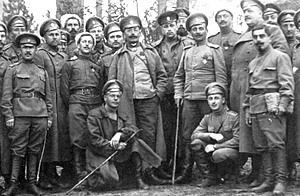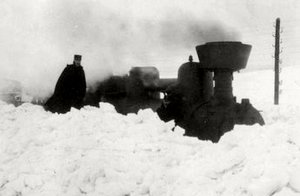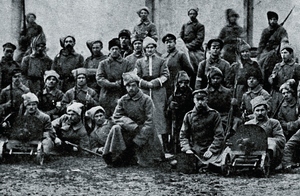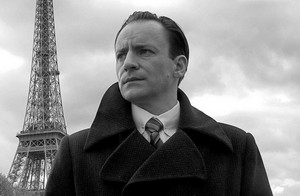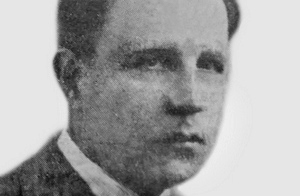Certain areas of the exposition will be connected by corridors in complete blackout, through which visitors will be led by blind guides. Different physical elements will be present at the corridors, which will have a strong emotional impact on the visitors. For example: sounds, feeling of wetness around, low temperature, metal, soft floor, smells and uncertainty regarding the length of the route.
14 May 2020
In the summer of 1918 the opponents of Hetman Pavlo Skoropadsky regime who had assembled in Ukrainian National Union (UNUnion) became politically radicalized. Opposition activists embarked on plotting an armed rebellion. The Directory (Directorate) — the rebellion executive body — was formed late night on November 13, 1918.
18 October 2018 — Oleksandr Kucheruk
Each time imperial pressure on Ukraine got eased or formation of an independent Ukrainian state got initiated, autocephaly of the Church became one of fundamental issues. During the Ukrainian revolution, when Ukraine got independence, the issue had not been resolved. However, even upon failure of attempts at state independence, the UNR Government-in-exile kept struggling to resolve the autocephaly issue.
8 October 2018 — Volodymyr Okipniuk, Dmytro Kozlov
On November 9, 1918, Military Governor of Odesa Eduard Belts shot himself. Earlier, the commander of the Eastern army, Field Marshal Alfred Kraus, left for Germany. Fedir Lyzohub had no one to talk to. In October preliminary agreement on Crimean autonomy within the Ukrainian State was negotiated with Crimean government delegation, however…
6 October 2018 — Ruslan Pyrih
On the 9th of July a phone rang in the home of the Director of the Ukrainian Telegraph Agency Dmytro Dontsov. The Hetman was on the line. He wanted to talk about Ivan Mazepa…
5 October 2018 — Olga Kovalevska
The chant was born in Kharkiv. Made its way through Ukraine from Kyiv. Saved with the efforts of Galycians and Volynians in Lviv and Rivne. However, the commonly cited on the Internet quote: "And there will be a time, when one will say: "Glory to Ukraine", and millions will respond with "Glory to its heroes!" cannot be found in Stepan Bandera’s collection of works.
4 October 2018 — Yuriy Yuzych
Hrushevsky was in a Moscow library when revolution broke off. Vynnychenko was also staying in Moscow. Petliura was in Minsk, working at Union of Zemstvos’ mission at the Western Front. Kyiv was asleep…
29 September 2018 — Vitaliy Skalsky
Ataman Petliura gathered all of us and spoke: “We need to spare no effort, just one more time!” That was a crazy attack — violent and ruthless. Many Haidamakas perished in this battle, no one escaped a bullet.
28 September 2018 — Igor Bigun
